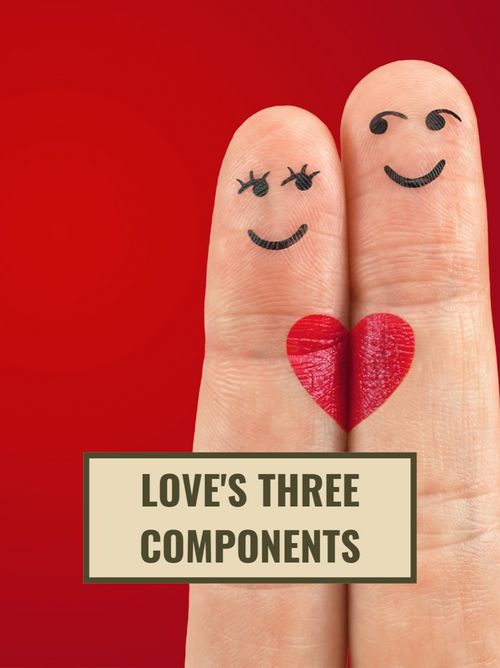The Triangular Theory Of Love
Jan 16, 2022 · 2 mins read
0
Share

Robert Sternberg is an American psychologist known for his research on intelligence, creativity, and more. In this Memo, we break down Sternberg's triangular theory of love.
Save
Share
Sternberg imagines love as a triangle whose three points stand for passion, intimacy, and commitment. A love story can have one, two, or all three of these elements.
Save
Share
Passion is the physical spark between two people. Most evident at the start of a relationship, passion is the sexual chemistry between the couple.
Save
Share
Intimacy stands for the "feelings of closeness, connectedness, and bondedness" that develop over time. If passion is about physical attraction, intimacy is about mental connection.
Save
Share
Commitment refers to the conscious decision made by two people to exclusively love each other for the long term. Passion tends to be instantaneous, intimacy grows over time, but commitment is a decision that must be taken.
Save
Share
These three components come together in seven different combinations. Passion without intimacy and commitment is mere infatuation; intimacy without passion and commitment is mere liking.
Save
Share
Robert Sternberg calls commitment sans the other two "empty love." When passion and intimacy come together, it's "romantic love," when passion combines with commitment without intimacy, it's "fatuous love." Intimate and committal love without passion is “companionate love.”
Save
Share
When passion, intimacy, and commitment are fused in the same relationship, you have achieved “complete love.” This is the ideal of all mating. Complete love has physical attraction, mental connection, and the peace of long-term commitment.
Save
Share
People crave all three components of love, and when one relationship doesn’t give them all three, dissatisfaction results. This is when people seek the missing component in other people, this is where adultery might happen, and how relationships break up.
Save
Share
Bottom line. Love is complex, and can get hard to navigate. Robert Sternberg provides an elegant framework of the top three things most people look for in love, and how the lack of even one creates an unstable relationship that may not stand the test of time.
Save
Share
0